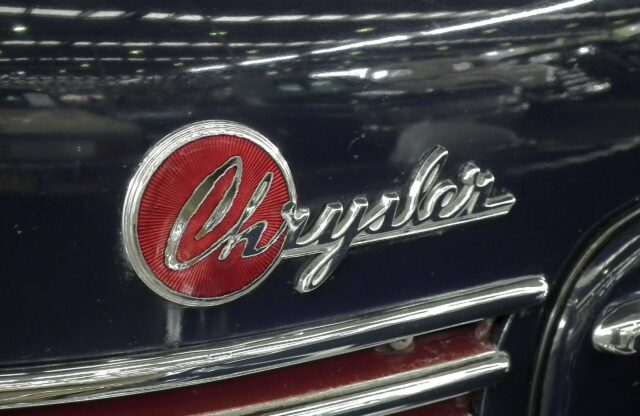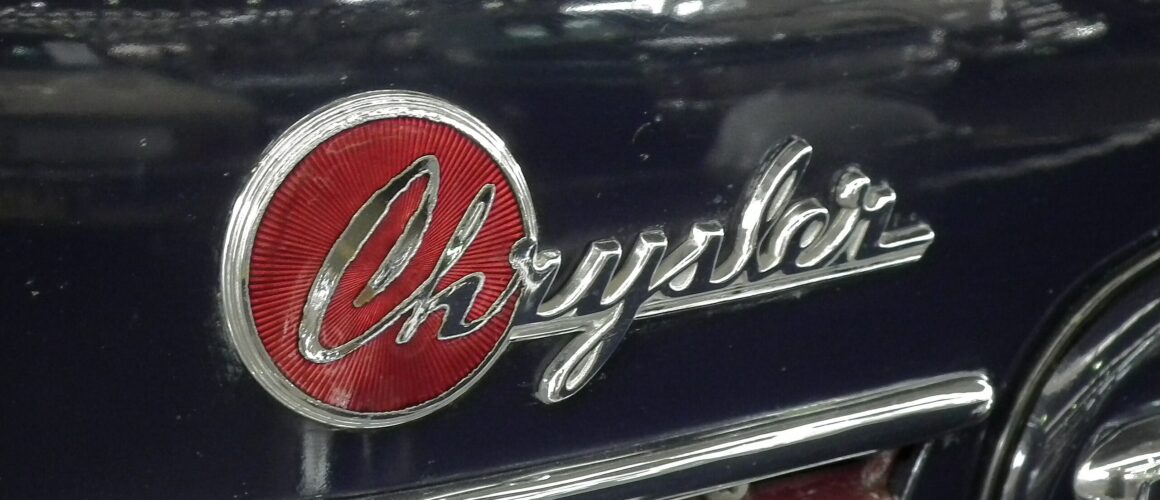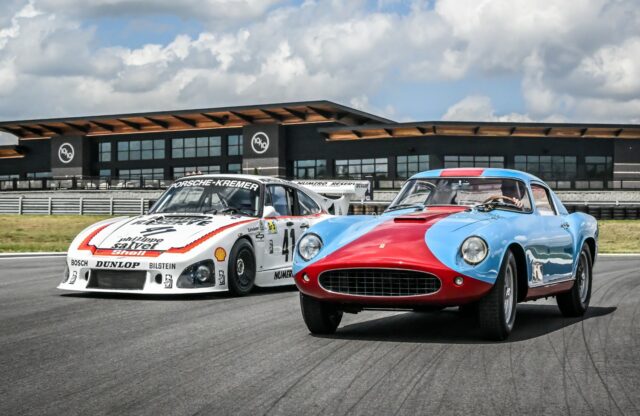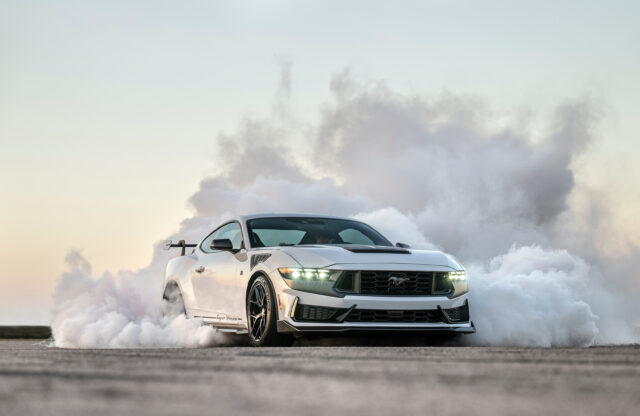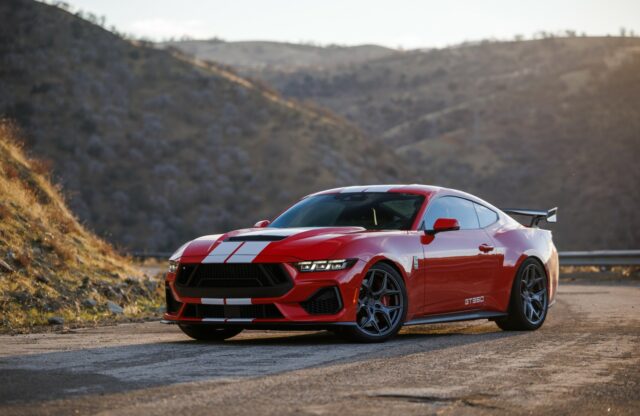For the past 100 years, Chrysler has been a marque with many identities. It has been a technological innovator, a design leader, a performance pioneer – and, very occasionally, all three at once. Tellingly, the brand has experienced a rollercoaster ride of highs and lows since its founding in 1925.
While Chrysler may no longer hold the cachet or cultural clout it once commanded, its back catalogue contains a rich seam of innovative and daring machinery. Here are ten of the company’s finest efforts, charted across its turbulent and fascinating history
1. 1924 CHRYSLER MODEL B
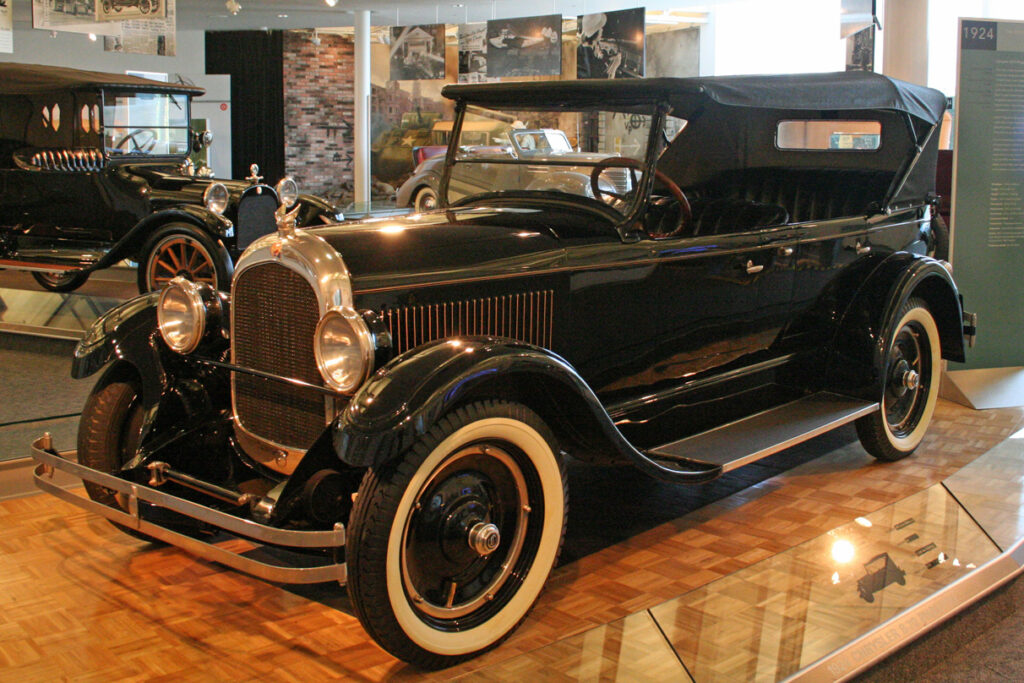
Walter Percy Chrysler founded his eponymous marque in the 1920s and managed to guide it through the turbulent years of the following decade. The first Chrysler, the Model B, officially debuted at the Commodore Hotel in New York. Innovative and attractively priced, it was designed to appeal to a broad audience. It was immediately successful, and Chrysler sold 32,000 examples by the end of the year – a first-year sales record in an industry known for fierce competition.
Powering the Model B was an L-head engine with an unusually high compression ratio for the era. This meant that it was powerful and fast, developing 68bhp at 3200rpm and a top speed of 70mph. The engine also incorporated aluminium pistons and full-pressure lubrication, both forward-thinking design choices. These precocious design philosophies continued underneath with four-wheel hydraulic brakes and a tubular front axle. The Model B also made a mark in motor sport, setting various national records and winning many events. Even better, it led the way for Chrysler to become the first American manufacturer to contest the Le Mans 24 Hours, in 1925.
2. 1934 CHRYSLER AIRFLOW

A decade on from the Model B, Chrysler pushed the boundaries once again with the Airflow – one of the boldest and most forward-thinking production cars of the pre-war era. Unfortunately, however, it was also a failure.
The Airflow was one of the first American cars to adopt unitary construction, with box-section cross members integrated into the pressed-steel body rather than relying on a separate chassis. This approach reduced weight and cost while offering more interior space. Its full-width styling and aerodynamic curved lines were strikingly modern, and the long-wheelbase Royal version added further presence and luxury. Mechanically, the Airflow was more conventional and was powered by either straight-six or straight-eight engines that drove the rear wheels through a live axle. Hydraulic drum brakes and leaf springs were fitted at each corner.
Yet as pioneering as the Airflow was, its radical styling failed to find favour with the public, and sales remained low throughout production. Incredibly, American manufacturers wouldn’t fully adopt the Airflow’s philosophies of monocoque construction and aerodynamic bodywork until the 1980s. The 1930s Airflow was certainly ahead of its time.
3. 1955 CHRYSLER C300
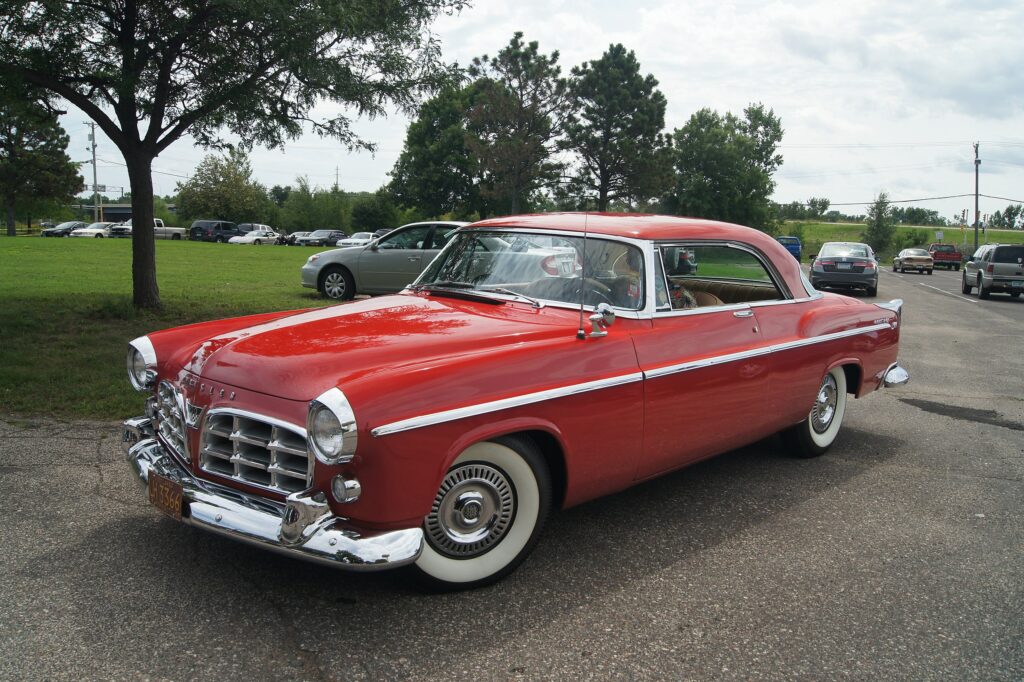
The Chrysler C300 is regarded by many as the first American muscle car. Beneath its long bonnet lurks a massive 5.4-litre Hemi V8 featuring two four-barrel carburettors, a motor sport-spec camshaft, solid lifters, bespoke manifolds and large-diameter twin exhausts. The hot-rodded engine developed 300bhp – an incredibly impressive figure for the time. Complementing the special engine was a modified PowerFlite automatic transmission that ensured smooth gearchanges. Up front was an imposing grille that also appeared on the Chrysler Imperial.
An exclusive model, just 1725 examples were built in three colours: black, red and white. Leather upholstery was standard and the car was offered only as a two-door coupe. There’s no denying that it was an incredibly fast machine for its time – underlined by the fact it claimed championship titles in the NASCAR Grand National and AAA stock car racing series. The C300 had begun the legendary lineage of Chrysler ‘Letter Cars’ and led to the halcyon era of ’60s muscle.
4. 1960 CHRYSLER 300F
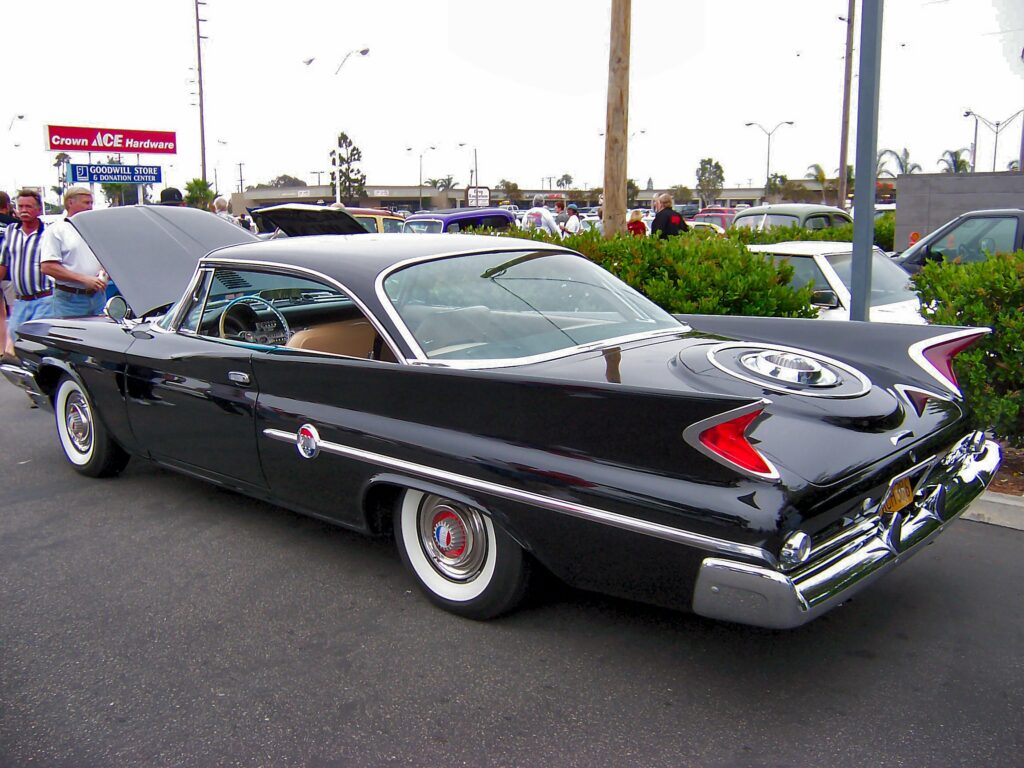
In January 1960, Chrysler announced the ‘sixth in a famous line’, the 300F. Known as the ‘Letter Cars’, these machines were designed with performance in mind. The 300F featured a huge 6.7-litre V8 engine that produced 375bhp – still an impressive figure today.
That power came courtesy of an ingenious ram-induction intake system. Twin 76cm-long pipes stretched across the engine bay, channelling the fuel-air mixture from each carburettor to the opposite bank of cylinders, snaking out beyond the rocker covers in the process. For those craving even more performance, a limited number of 400bhp versions were offered, paired with a rare four-speed Pont-à-Mousson manual gearbox borrowed from the French Facel Vega models.
The styling was unmistakably 1960s Americana, complete with dramatic tailfins, boomerang-shaped rear lights and a bold trapezoidal chrome grille. Beneath the surface, the 300F featured an all-new welded monocoque body. While it stood among the most performance-focused American cars of its time, handling was never its strongest suit.
5. 1963 CHRYSLER TURBINE CAR

Few cars embody American post-war optimism better than the Chrysler Turbine Car. A truly courageous feat of engineering, the Turbine Car was the result of 15 years of development work, which began with the marque’s gas-turbine programme during World War Two. Several prototypes were developed in secret before Chrysler announced in 1962 that it would build 75 turbine cars. These would be loaned to ordinary motorists for three months in return for detailed records. In the end, just 50 of these striking Ghia-bodied coupés were built.
Powered by a jet-like engine capable of running on anything from diesel to perfume, the Turbine Car was characterised by a distinctive whirr that set it apart from anything else on the road. Performance was hardly blistering by conventional standards, with 130bhp and an instant 425lb ft of torque at stall speed, yielding 0-60mph in 12 seconds.
Sadly, the Turbine Car was criticised by the motoring press at the time for being too thirsty, bulky and expensive to run and maintain. Undeterred, Chrysler forged ahead, but the plans to commercialise the turbine programme were cancelled partially because of the Clean Air Act. Even worse, just five of the 50 cars were spared from the scrapyard in the winter of 1967.
6. 1970 CHRYSLER 300 HURST

A unique offshoot of Chrysler’s luxury 300 line, the 1970 Hurst combined comfort with muscle car performance and styling. Although not officially part of the lauded series of Letter Cars, the Hurst 300 followed the same philosophy as those high-powered land yachts thanks to Chrysler’s collaboration with the Hurst Performance outfit. Just 501 examples were built.
All 501 cars were finished in striking Spinnaker White and gold paintwork. Glassfibre panels adorned the bonnet and bootlid, complemented by a moulded rear spoiler. Inside, an opulent satin tan leather interior sourced from Chyrsler’s Imperial line gave the car a luxurious ambience. Under the bonnet was a massive 7.2-litre TNT V8 that delivered 375bhp to the rear wheels via a 727 automatic transmission.
The rumour mill suggests that two convertibles were built alongside the coupes, incorporating a promotional car and a Hemi-powered demonstrator. Either way, the Hurst 300 remains one of Chrysler’s most sought-after performance vehicles.
7. 1992 CHRYSLER VIPER RT/10
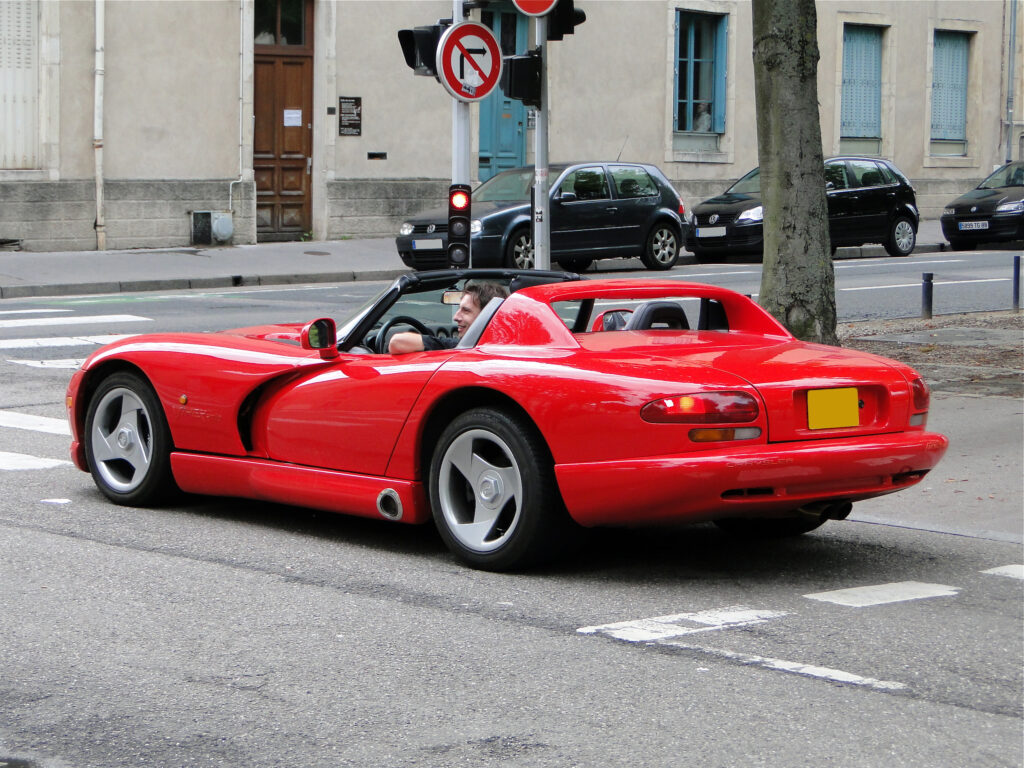
Also sold under the Dodge badge, the Chrysler Viper RT/10 roared to life as a spiritual successor to the Shelby Cobra. A massive front-mounted engine, retro 1960s-inspired styling and rear-wheel drive were the ingredients that gave it its unmistakable, brutish charm. This was no coincidence; the Viper’s development stemmed from Chrysler president Bob Lutz’s vision to create a modern-day Cobra. To make this dream a reality, none other than Carroll Shelby, the mastermind behind the original Cobra, later served as a consultant on several special editions, ensuring the car stayed true to its hardcore vision.
What emerged was arguably the most iconic car Chrysler has ever produced, even though it’s more often thought of as a Dodge. Beneath the Viper’s long, sloping bonnet sat a mammoth 8.0-litre V10 engine with an aluminium block that developed between 406bhp and 550bhp. The engine famously started life as a cast-iron truck lump but was re-engineered in collaboration with Lamborghini. True to its analogue ethos, the Viper eschewed modern luxuries such as ABS, traction control or even exterior door handles.
Perhaps unsurprisingly, the Viper is widely regarded as a tricky car to drive but rewarding if treated with respect. Even so, the Viper was incredibly successful in motor sport, winning multiple championships in the FIA GT1 and the American Le Mans Series (ALMS) categories, including the prestigious Le Mans 24 Hours in 1998.
Widely celebrated as one of the greatest American performance cars ever, the Viper spanned three generations across 26 years before production ended in 2017.
8. 1995 CHRYSLER ATLANTIC CONCEPT

Unveiled at the 1995 Detroit Motor Show, the Chrysler Atlantic Concept wowed onlookers with its breathtaking retro-inspired design. Drawing heavily from the 1936 Bugatti Type 57S Atlantic, its creation was sparked in 1993 after Chrysler president Bob Lutz and head designer Tom Gale attended the Frankfurt Motor Show and Paris Concours d’Elegance. Designed by Bob Hubbach, who also penned the Viper Concept, the Atlantic borrowed styling cues from a smorgasbord of pre-war masterpieces. The split grille was a nod to the 1947 Delahaye Saoutchik, the pontoon-style wheelarches evoked the 1937 Talbot-Lago T150 SS, and the 21-inch front and 22-inch rear wheels were reminiscent of the Bugatti Type 41 Royale.
More than a mere show car, the Atlantic was fully functional. True to its 1930s aesthetic, it’s powered by a straight-eight engine, while its hand-crafted steel bodywork was finished in California by Gaffoglio Family Metalcrafters, adhering to traditional coachbuilding techniques. Now part of Stellantis’ historic vehicle collection, the Atlantic occasionally graces concours lawns, most recently appearing at the 2023 Lime Rock Concours d’Elegance.
9. 1998 CHRYSLER CHRONOS CONCEPT
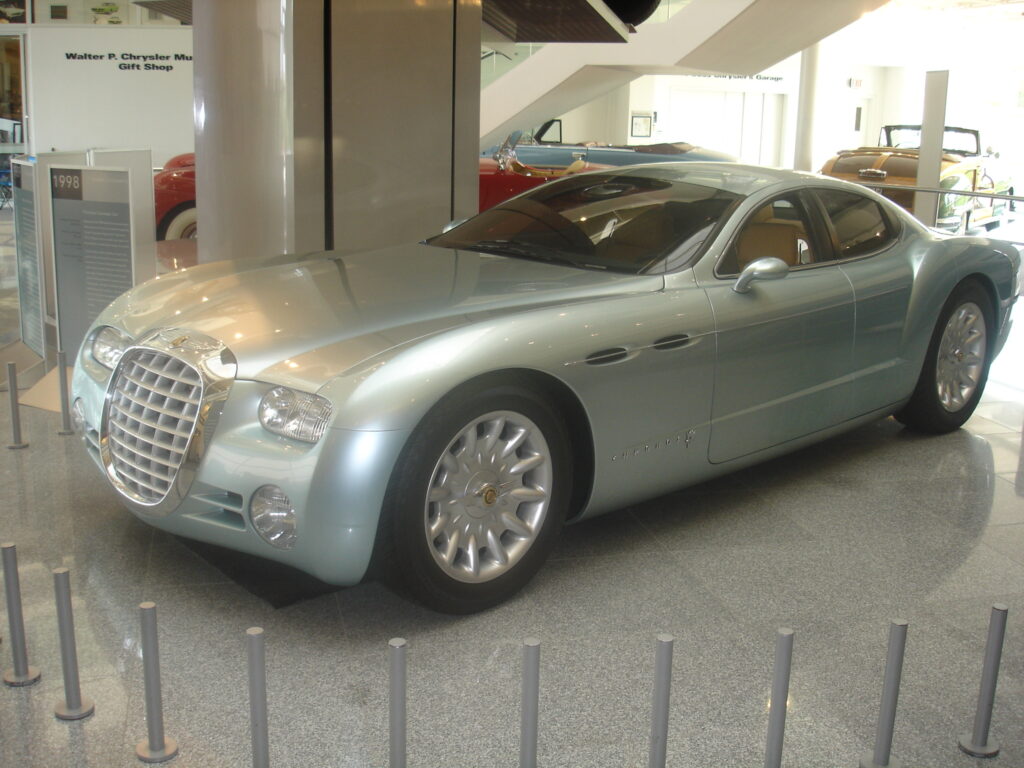
Designed by Osamu Shikado, the 1998 Chrysler Chronos Concept drew inspiration from Virgil Exner’s 1953 D’Elegance concept coupe, with graceful curves, chrome accents and a long-sleek profile. Initially intended as a coupe, the Chronos became a four-door saloon that masqueraded as a two-door.
Beneath its curvaceous bodywork were various Viper-derived components, including a 6.0-litre 350bhp V10 engine and double-wishbone suspension. As with the Atlantic Concept the Chronos was a fully functional car, with an opulent interior that included a built-in humidor box.
Sadly, the Chronos never made it into production because of shifting priorities during the Daimler-Chrysler merger. Its influence, however, can be seen in the Chrysler 300C production car that arrived in 2004.
10. 2004 CHRYSLER 300C

Launched in 2004, the Chrysler 300C revived the marque’s iconic luxury car lineage, drawing inspiration from the legendary Letter Series and 1998 Chronos Concept. Its design made an instant impression, combining an imposing front grille, square headlights and muscular proportions that were unashamedly American.
The car was available with a range of V6 and V8 engines, with the 5.7-litre and 6.1-litre Hemi V8s standing out, delivering 340bhp and 425bhp in the SRT8 variant respectively. Power was sent to the rear wheels through either a four- or five-speed automatic transmission.
Thanks to Chrysler’s partnership with Daimler, the 300C featured a host of Mercedes components, including a 3.0-litre turbodiesel V6, multi-link rear suspension from the E-Class and double-wishbone front suspension from the S-Class. Four-wheel-drive models were equipped with Mercedes’ 4-Matic system, and the influence of the Three-Pointed Star extended to the switchgear and electrical systems.
The 300C was an incredibly successful car for Chrysler, spanning two generations and 1.2-million units across an 18-year production run.
As Chrysler celebrates its centenary, see here for more about the brand today.
